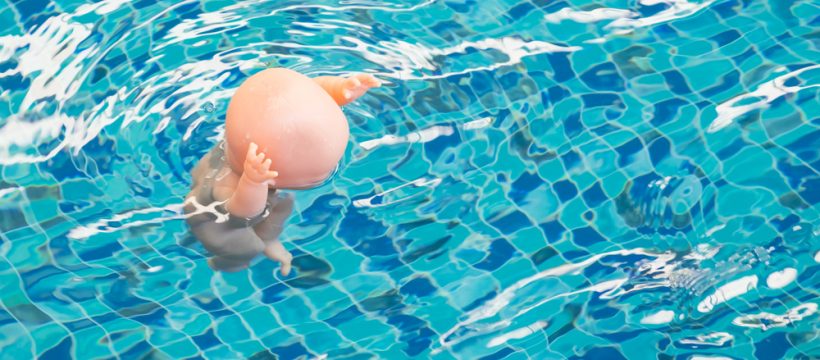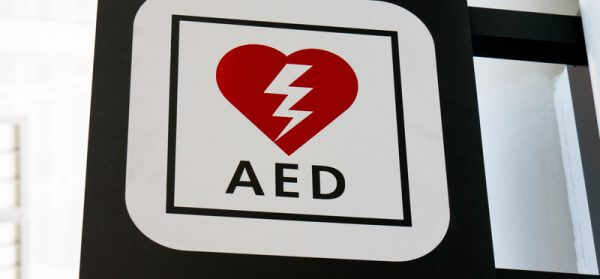
CPRNM® is a comprehensive directory designed to connect individuals and employers with top-tier training
providers including the AHA®, Red Cross®, and other training providers.*
Childhood Drowning: Preventing a Tragedy
Every year, after a day of fun on the water, there are families who must endure an impossibly difficult scenario: They return home without a family member – a child lost to drowning. This tragedy may not be avoidable in every case, but sadly, many of these deaths may have been prevented if the parents had learned and implemented a few precautions. It takes very little time and effort to keep children safe around the water.
If your kids play in and around water, educating yourself and them about water safety is not a luxury – it’s a prerequisite.
The grim numbers of drowning
Drowning is the second leading cause of death for children 1 to 4 years of age, just behind congenital birth defects. Among kids aged 1 to 14, drowning continues to be the second highest cause of death after motor vehicle accidents. According to the Centers for Disease Control (CDC), an average of 10 people per day will drown in the USA. In 2009, 2 out of those 10 victims were children.
For every child who dies, 5 more are treated at an emergency room for near-fatal drowning, often with devastating consequences. Victims can sustain permanent brain damage and disability as a result of submersion or injury. These statistics underline just how important water safety is to you and your family. By implementing the following tips every time your child is near water, your family can avoid becoming a statistic.
Supervision
For all children, a vital ingredient in their safety is your vigilance. Especially for younger children who are not yet proficient swimmers, close supervision is often all it takes to prevent an accident.
Never spend time texting or being otherwise distracted when your kids are in the water. If you don’t take your eyes off of them, they will probably not get into trouble. If they do, however, you’ll be there in seconds rather than crucial minutes. Supervision may be the single most effective way to prevent a tragedy.
Teach kids to swim
Teaching children to swim is another effective way to keep them safe. From the CDC: “Formal swimming lessons can reduce the risk of drowning by as much as 88% among young children aged 1 to 4 years, who are at greatest risk of drowning.” The importance of teaching your child to swim cannot be underestimated. The word “formal” should be noted. The best swimming lessons are those taught by professionals.
Always use life-jackets
Put a life-jacket on your kids whenever they’re near water. Even shallow water can present problems due to a variety of circumstances. Panic or confusion may cause disorientation and failure to take appropriate action. A life-jacket is often all it takes to save a life. The life-jacket should be U.S. Coastguard approved, and fit very snugly – it may even feel uncomfortable to them at first. This is normal and correct. The snug life-jacket will not slip off, and once in the water it should not seem too tight.
Choose a location with Lifeguards
Take your kids to a recreation area with lifeguards on duty, if possible. Lifeguards will not only monitor swimmers’ safety, they are trained and able to react immediately if rescue and/or resuscitation become necessary.
Watch for ‘rip-tides, currents, and other dangers
A seemingly docile river can turn dangerous at every bend. The ocean can knock an adult over, and pull him or her out to sea very quickly. It is best to stay in familiar areas, but if you don’t know the body of water it is important to look for warning signs of danger. Swift currents, a channel of water moving out to sea, discolored, foamy, and debris-filled water are all indications of danger. They should be avoided. Read and heed the warning signs on beaches or points of access. If flags are used, know their meaning and heed the precautions.
Swimming pools
The home swimming pool must be secure. A locking fence should be installed to separate the swimming area from the house and yard. The gates should self-lock, and open outward. Pick up and immediately put the toys away after use to prevent a child from being drawn to the pool area. If you have a wading pool, empty and turn it upside down after each use. There must be adult supervision at all times if kids are near a swimming pool. Supervising adults should never exit the pool area to answer the phone, grab a snack, or for any other reason. This cannot be under-emphasized.
Learn Cardiopulmonary resuscitation (CPR) and Certify
Getting CPR Certification and/or Training will enable you to deal effectively with an emergency, should one arise. Parents are very busy people, but if your kids are going to be near water you should be prepared to take action. Invest the necessary time to learn this skill. CPR can save the life of a loved one as well as a stranger.
Through prevention and preparedness, you can avert tragedy. First and foremost, precautions should be taken to prevent accidental drowning. But rehearsed, effective action can save a life, too. Learn and teach your children about water safety, and how to respond in an emergency. Then practice, practice, and practice some more. Actions become second nature when they are drilled. Make no mistake, your kids’ lives may one day depend on, and be saved from, the information you provide and the actions they learn to take.
 May 8, 2017
May 8, 2017 






